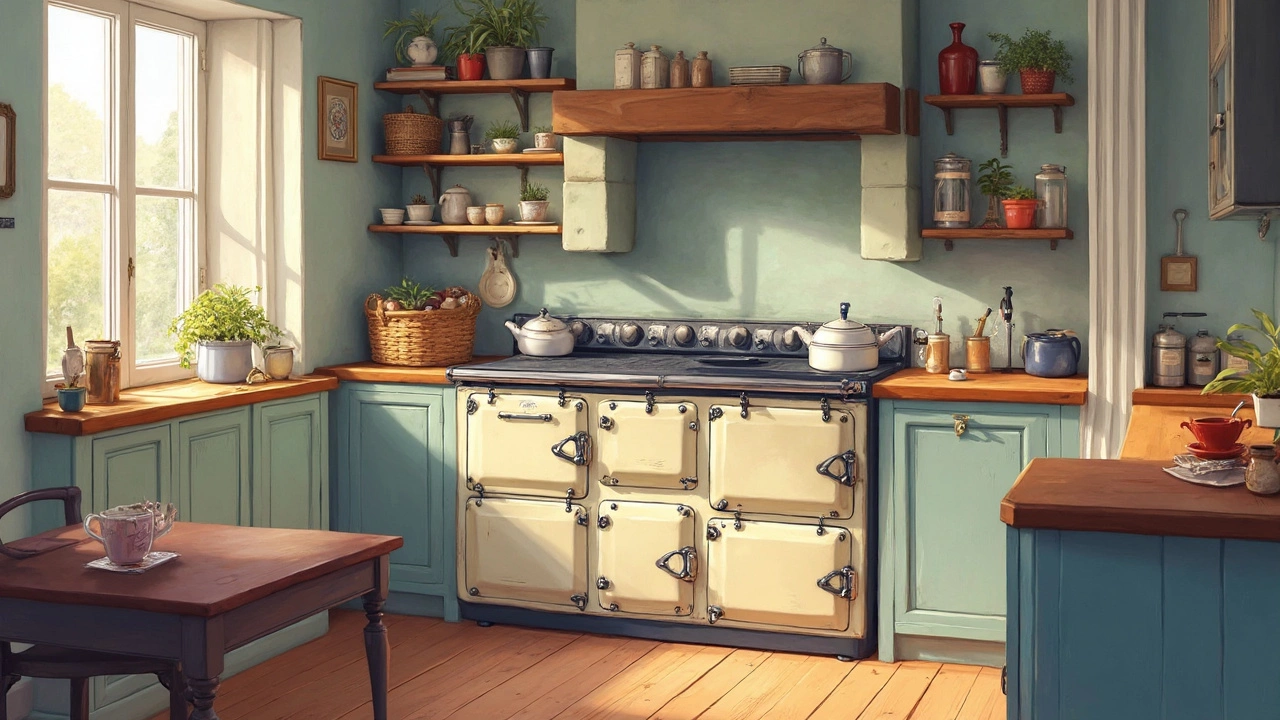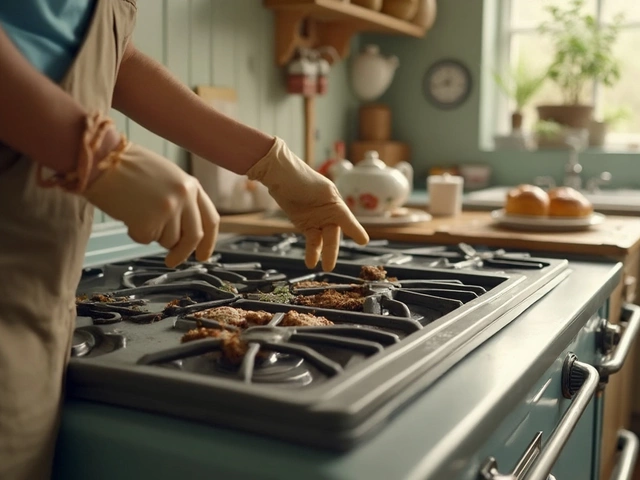Essential Appliances and Their Importance in Modern Homes
January 2 2025Old Appliances: Repair or Replace? Your Quick Guide
Got a fridge that rattles, a boiler that’s sighing, or an oven that never heats up? Before you call a plumber or toss it in the bin, ask yourself if the gadget is just tired or truly beyond saving. Old appliances bleed money, waste energy, and can become safety hazards, but the right fix can add years to their life and keep bills low.
First off, check the age. Most gas boilers, for example, give you 10‑15 good years; a well‑maintained one can hit 20. Pressure cookers, extractors, and dishwashers usually last 8‑12 years. If your item is past its typical lifespan, start looking at the cost of parts versus a brand‑new model. A cheap repair on a 20‑year‑old boiler might not pay off when you consider higher fuel bills and the risk of a sudden breakdown.
Spotting the Signs Your Appliance Is Too Old
Here are the red flags that mean it’s time to think beyond a quick fix:
- Frequent breakdowns: If you’re calling a repair service every few months, the cumulative cost adds up fast.
- Rising energy use: Older water heaters and ovens often become inefficient, pushing up your electricity or gas bill.
- Strange noises or smells: A grinding fan, a burnt odor from a boiler, or a humming freezer can signal worn‑out components.
- Safety warnings: Leaking gas, cracked pressure cooker bodies, or faulty wiring in an extractor fan are serious and should be addressed immediately.
- Outdated standards: Newer appliances meet tighter safety and energy regulations. If yours doesn’t, you might be paying more in insurance or missing out on government rebates.
If you see one or two of these, start budgeting for a replacement. If it’s just one minor issue, a targeted repair could be the answer.
Smart Choices: Fix It, Replace It, or Upgrade
When you decide what to do, weigh three things: cost, lifespan gain, and energy savings.
Cost‑Effective Repairs: Replace a broken oven element, clean a clogged extractor fan, or swap a faulty thermostat in a boiler. These parts are usually under £150 and can add 5‑10 years of life. DIY is possible for simple jobs, but always turn off power or gas first.
Partial Replacements: Sometimes swapping a key component—like a freezer compressor or a water‑heater heating element—makes more sense than a whole‑unit swap. You keep the housing (which often fits your kitchen layout) and avoid disposal fees.
Full Replacement: If the appliance is near the end of its expected life, an upgrade can cut energy use by 20‑30 %. Modern boilers, for instance, have condensing technology that recovers heat you’d otherwise lose. A new dishwasher or fridge with an A+++ rating can shave hundreds off your annual bill.
Don’t forget tax credits or local rebates for energy‑efficient upgrades—these can offset the upfront cost and boost your home’s resale value.
Bottom line: ask three quick questions—how old is it, how much will it cost to fix, and how much will you save after fixing? If the answer leans toward high cost, low savings, or safety concerns, start shopping for a replacement. Otherwise, a well‑chosen repair keeps your old appliance humming along and your wallet happy.
Need help deciding? A qualified gas engineer can give you a free safety check and an honest cost breakdown. That way you’ll know exactly whether fixing or replacing is the smarter move for your Bedford home.
 21 Mar
21 Mar
Is It Worth Fixing Your 15-Year-Old Stove?
Deciding whether to fix a 15-year-old stove can be tricky. This article explores the factors you need to weigh, from cost-effectiveness to environmental impacts. Learn practical tips on diagnosing stove issues and estimating repair costs. Discover when it's wise to repair or replace your appliance. Make smart choices about maintaining your kitchen gear.
Read More...



